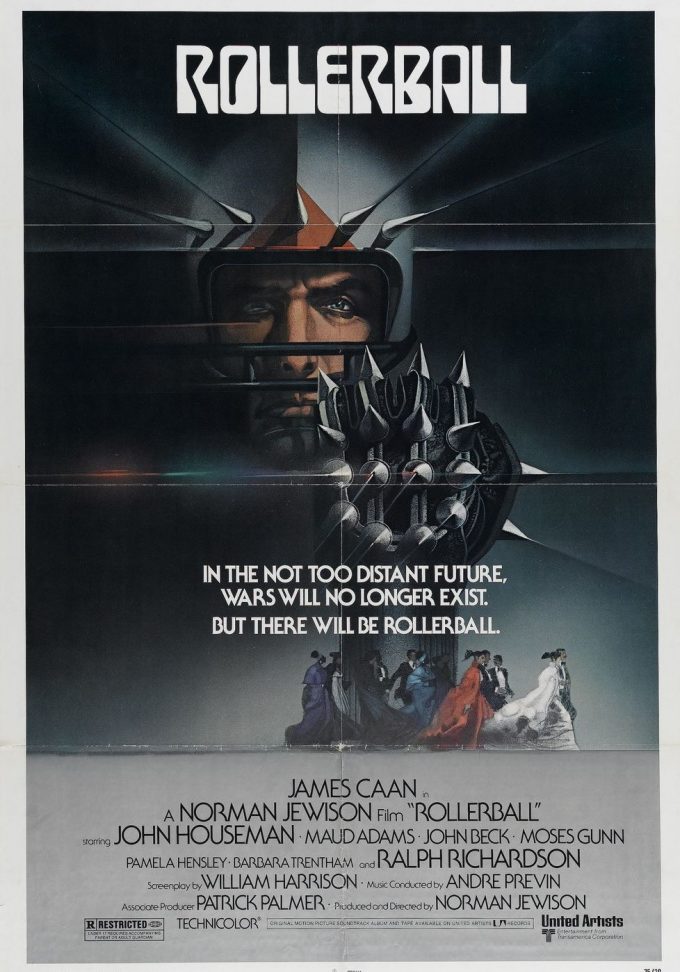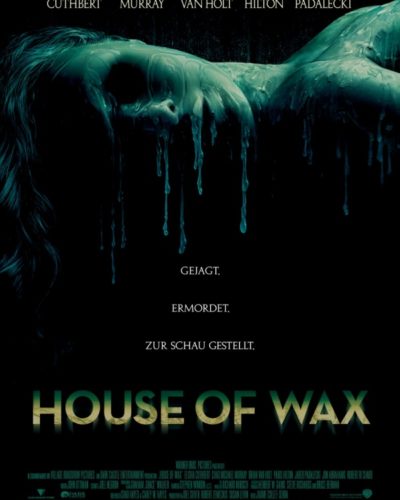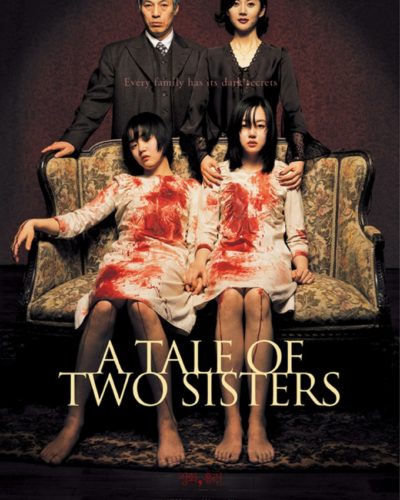A Bloody Sport in a Dystopian World: ‘Rollerball’ Unleashed
In a fiercely competitive and ruthless future, Norman Jewison’s 1975 film, ‘Rollerball’, offers audiences a brutal spectacle—combining the visceral thrills of sports with the chilling prospects of a corporate-controlled dystopia. It visualizes a world where the ultra-violent sport of Rollerball reigns, monopolies dictate social order, and individualism is a threat to be quashed. Starring James Caan as Jonathan E., a skilled Rollerball player who rises to iconic status, the film probes themes of power, freedom, and humanity’s love affair with violence, all while presenting a futuristic society that is disturbingly plausible.
Lurking Shadows on the Track
Embrace the Darkness
‘Rollerball’ fabricates an atmosphere of horror not through grotesque monsters but through a sinister sense of control and the chilling mechanization of society. The film’s unease permeates each scene, as spectators chillingly cheer on carnage in the name of entertainment. Tension is meticulously cultivated by Jewison, who employs both the claustrophobia of the Rollerball arena and the cold, sterile expanses outside of it to press upon viewers a world where humanity is as alien as it is familiar.
Through the Lens of Dystopia
The cinematography in ‘Rollerball’ is a masterclass in using visuals to enhance storytelling. The cold and calculated camera work echoes the overarching dominance by the corporations. A dank and muted color palette blankets the film, evoking a world drained of passion save for the rink’s violent bursts. Noteworthy is the use of slow-motion sequences during game scenes, which not only underscore the balletic violence but also create a haunting juxtaposition against the frenetic pace of the matches.
Screams and Silence: The Audio of Terror
Hear the Fear
The soundscape of ‘Rollerball’ is a character in itself—a visceral assault that heightens the sense of dread and desolation. The screech of skates, the crunch of collisions, and the roar of the crowds create an auditory horror that complements the visual brutality. The movie employs a jarring contrast between the cacophony of the games and the unnerving silence of the outside world, a silence often filled by a haunting, classical score that accentuates the tragedy of the spectacle.
Man Versus Machine: The Characters of ‘Rollerball’
Defining Humanity Through Conflict
James Caan’s portrayal of Jonathan E. stands at the heart of ‘Rollerball’, providing a nuanced depiction of a man caught between his instincts for personal glory and the existential angst of his constrained existence. The supporting characters, though less fleshed out, serve their purpose, reflecting fragments of a humanity overridden by corporate dictates. The performances are subdued yet effective, allowing the film’s themes to resonate more forcefully than any scream could.
The Monsters Within Us
The horror found in ‘Rollerball’ stems primarily from the psychological and societal mechanisms of control, rather than supernatural or overt gore. It challenges the viewer to confront the barbarity of a world enamored with savagery, a reflection of our own potential for desensitization and moral corruption. The true monstrosity lies within the orchestrated brutality of the game and its celebration by the masses.
Rollerball’s Lasting Scream
A Chilling Vision of the Future
Does ‘Rollerball’ succeed as a horror movie? Yes, but in a way that goes beyond traditional scares. It presents a nightmare of societal decay—a chilling prognostication that still holds relevancy. Its effectiveness lies not in jump scares or bloodshed but in a provocative narrative that is both thrilling and intelligently unsettling. While not conventional horror fare, it retains the capacity to shock through its portrayal of institutionalized inhumanity.
Who Dares Watch
‘Rollerball’ is tailor-made for those who appreciate horror with a side of philosophical reflection, fans of dystopian fiction, and viewers interested in a historical perspective on society’s relationship with violence. While the film may not satisfy those seeking out a traditional horror film with supernatural elements and a high body count, it will resonate for many others.
Confronting the Beast of Society
In the grand arena of horror, ‘Rollerball’ serves as a stark reminder of the genre’s potential to address societal concerns. It is a foreboding analysis of collective human behavior and the eternal tussle between individuality and conformity. The film’s strength lies in its prescient themes and cautionary tale, even if its character development and pacing occasionally falter.
In conclusion, ‘Rollerball’ exists as an ambitious, thought-provoking piece that delivers more than just scares—it presents a layered, disturbing vision of humanity’s future. While graphic content is minimal, viewers should be prepared for intense scenes of sport-related violence and moral discomfort. If seeking a unique and contemplative horror experience, ‘Rollerball’ is an essential watch.




